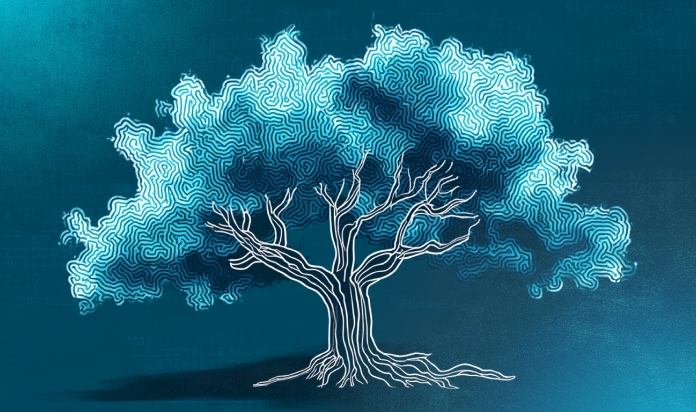Cohort Analysis: Why Is It Valuable?


This question is challenging to answer offhand. If we take the total revenue and just divide it by the overall number of clients, the result won't be correct, as it counts in the customers who never made an actual purchase.
Let's try to answer the above question using an example of an online menswear store. Using the information on the customers who registered their accounts in January, we calculate the monthly revenue they generated and the respective amount of purchases they made over six months.
| January | February | March | April | May | June | Total | |
|---|---|---|---|---|---|---|---|
| Number of orders | 85 | 15 | 2 | 12 | 0 | 4 | 118 |
| Revenue (in USD) | 89350 | 25800 | 4290 | 54556 | 0 | 6780 | 180776 |
Now, let's calculate the average value of a customer registered in January:
180776/118=1532
We can make similar calculations for each month of the year. Then, we can compare the results — e.g., take the data for the February and September customer groups and get an objective assessment of the client's engagement in these periods.
Such a series of studies performed at intervals through time is referred to as cohort analysis. The approach proved to be an extremely efficient analytical technique, applicable not only to customer segmentation, but also to other spheres, e.g., product analytics. Cohort analysis breaks the customers (or products) into groups (called "cohorts") based on certain shared characteristics. Then, the behavior of the groups is traced over time. The results allow the analyst to evaluate and predict product quality and promotion success.
Why is cohort analysis efficient?
Managing separate client cohorts proves to be more productive than attempts to get high average results from the clients in aggregate. For example, segmenting all the users into groups of those who registered directly on your website and those who found your business through social networks helps track the attendance dynamics.
Figure 1 shows that at the beginning of the year, more clients visited the website, while over time the interest of social networks users has increased. This analysis can be more detailed if you specify the social networks integrated with the website. You can use the results to identify your primary audience, assess the advertising effectiveness, and evaluate other significant parameters.
How do you sort clients into cohorts?
The first thing you need to answer this question is to know the exact goal of your analysis. The user registration date (or an interval, such as week, month, or quarter) is a customary sorting basis. Newly registered users tend to be more active, but after some time the activity decreases. Analyzing monthly purchases for several years helps define the right time to start large-scale advertising campaigns. You can also investigate user engagement by grouping the clients who visit the site constantly, e.g., more than seven times a week.
The key principle of organizing cohorts is to group customers who share some characteristics. After identifying the groups, you need to track their behavior for some time and measure the most critical metrics for each cohort. For in-depth analysis, you can segment the selected groups by specific product features (such as the traffic from each social network in the above example).
There are many helpful ways to apply cohort analysis. One of them is the "ideal customer profile." The approach includes the following steps:
- Defining the profile's parameters
- Setting a time frame
- Formulating the exact goal
Then, if your company has a customer database, you can start sorting your clients into groups by asking them questions designed to determine:
- Their willingness to buy
- Their interest in the company
- Their purchasing power
- The efficiency of customer acquisition
- Promotion potential
The ideal customer profile can help your business prioritize certain groups in the customer base and focus on the famous 20% where "80% of your sales come from".
Remember that the most valuable cohorts are those that contribute to customer acquisition. Set smart priorities and attempt to use only some of the possible metrics in your analysis to avoid a distorted perception of your study's results.
See also



